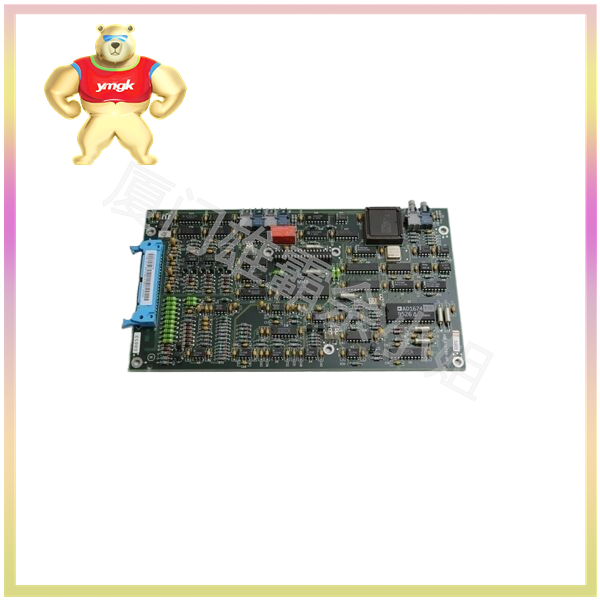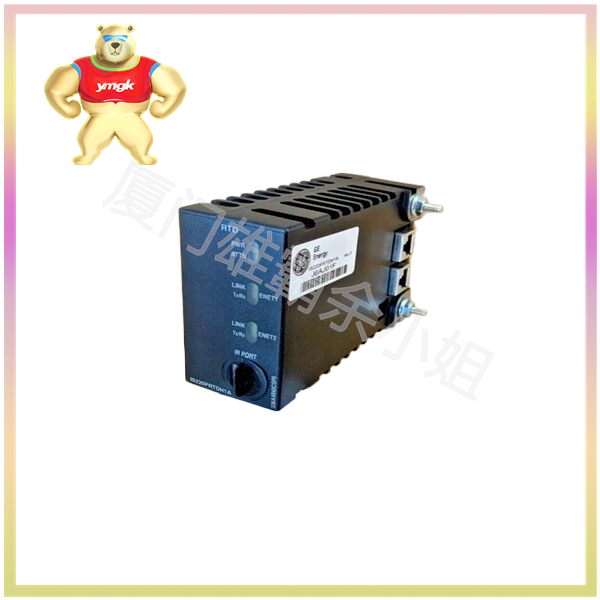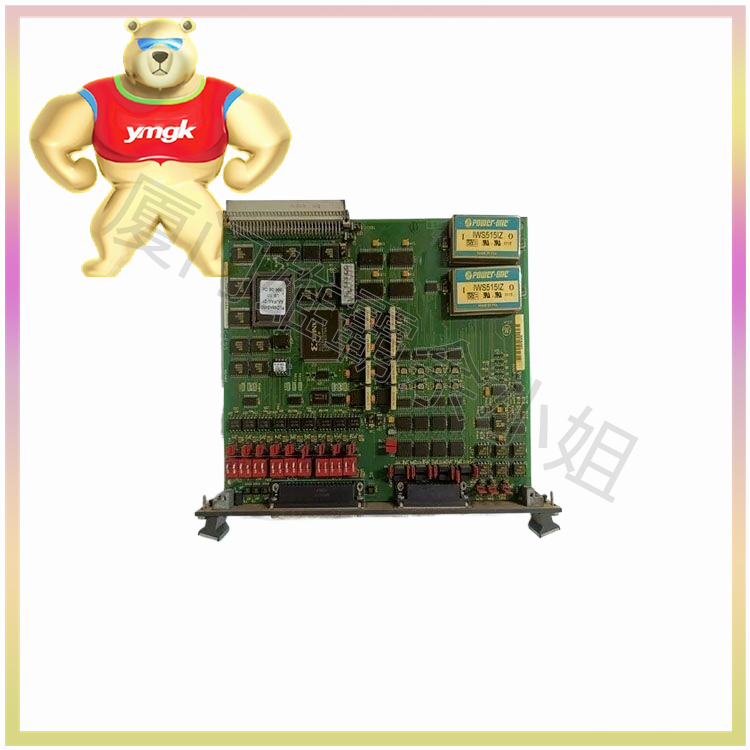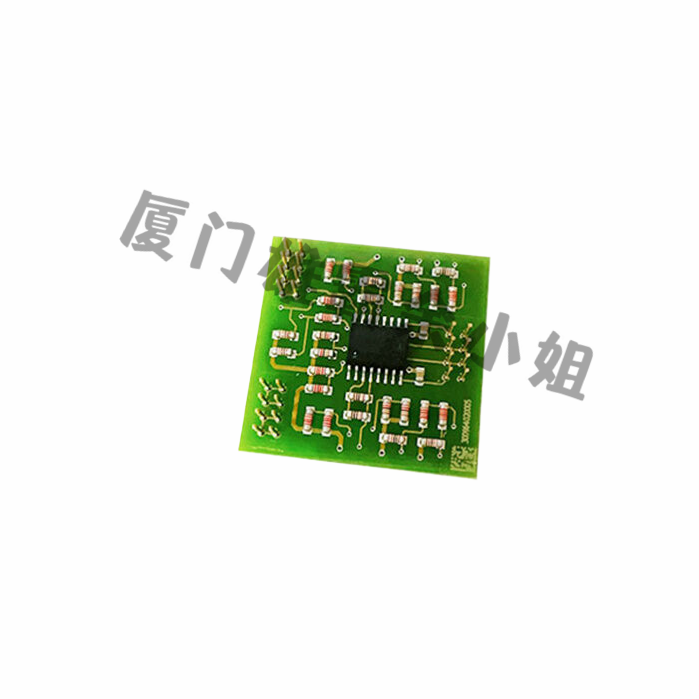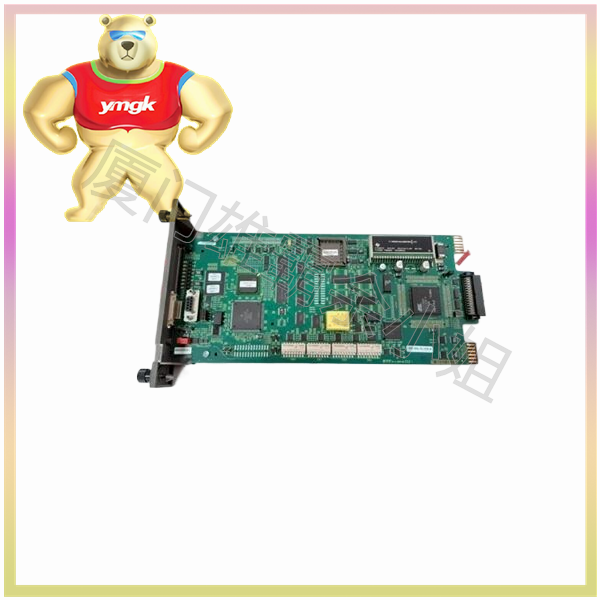- Combination logic controller
2.1 Definition and Characteristics
A combinational logic controller is a controller based on logic circuit design, which implements control logic through combinational logic gates. The combinational logic controller has the following characteristics:
High flexibility: By changing the design of the logic circuit, different control logics can be easily implemented.
Strong scalability: It can easily expand control logic to meet different application requirements.
Short design cycle: Due to the use of modular design, the design cycle of combinational logic controllers is relatively short.
2.2 Design Methods
The design method of combinational logic controller mainly includes the following steps:
Determine control requirements: Based on the application scenario, clarify the control logic that the controller needs to implement.
Design logic circuit: Based on control requirements, design corresponding logic circuits, including logic gates, flip flops, etc.
Simulation verification: Verify the designed logic circuit through simulation software to ensure that it meets control requirements.
Hardware implementation: Convert the designed logic circuit into a hardware circuit, such as FPGA or ASIC.
2.3 Application Scenarios
The combinational logic controller is widely used in various computer control systems, such as embedded systems, industrial automation, communication equipment, etc.
- Hardwired controller
3.1 Definition and Characteristics
A hard wired controller is a controller based on fixed hardware connections, and its control logic is implemented through hardware wiring. Hardwired controllers have the following characteristics:
High stability: Due to the control logic being fixed in hardware, hard wired controllers have high stability.
Superior performance: The control logic of the hard wired controller is directly mapped onto the hardware, resulting in high execution efficiency.
Poor scalability: Changing the control logic requires redesigning the hardware, resulting in poor scalability.
3.2 Design Methods
The design method of a hard wired controller mainly includes the following steps:
Determine control requirements: Similar to combinational logic controllers, the first step is to clarify the control requirements of the controller.
Design hardware circuits: Design hardware circuits based on control requirements, including logic gates, flip flops, etc.
Wiring implementation: Connect the designed hardware circuit through wiring to achieve control logic.
Test validation: Test the hardware circuit to ensure it meets the control requirements.
3.3 Application Scenarios
Hardwired controllers are mainly used in scenarios that require high stability and performance, such as high-performance computing, aerospace, military equipment, etc.
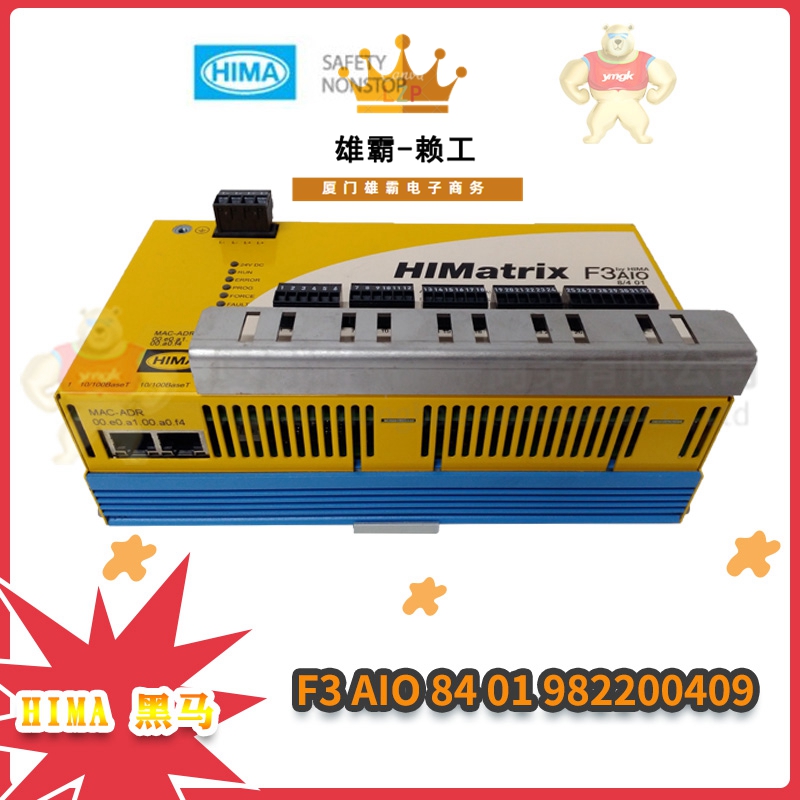
- Comparison between combinational logic controllers and hard wired controllers
4.1 Design flexibility
The combinational logic controller has higher design flexibility and can achieve different control logics by changing the design of the logic circuit. However, the control logic of the hard wired controller is fixed in hardware, resulting in poor design flexibility.
4.2 Scalability
The scalability of the combinational logic controller is stronger, which can easily expand the control logic to meet different application requirements. In contrast, hard wired controllers have poor scalability, and changing the control logic requires redesigning the hardware.
4.3 Performance
The control logic of the hard wired controller is directly mapped to the hardware, which has high execution efficiency. However, due to the need to implement control logic through logic circuits, the performance of combinational logic controllers may be slightly inferior to that of hard wired controllers.
4.4 Stability
Hardwired controllers have high stability due to their control logic being fixed in hardware. Due to its modular design, the stability of combinational logic controllers may be slightly lower than that of hard wired controllers.
4.5 Design cycle
The design cycle of combinational logic controllers is relatively short and can quickly respond to changes in application requirements. The design cycle of hard wired controllers is longer, requiring more time and resource investment.

